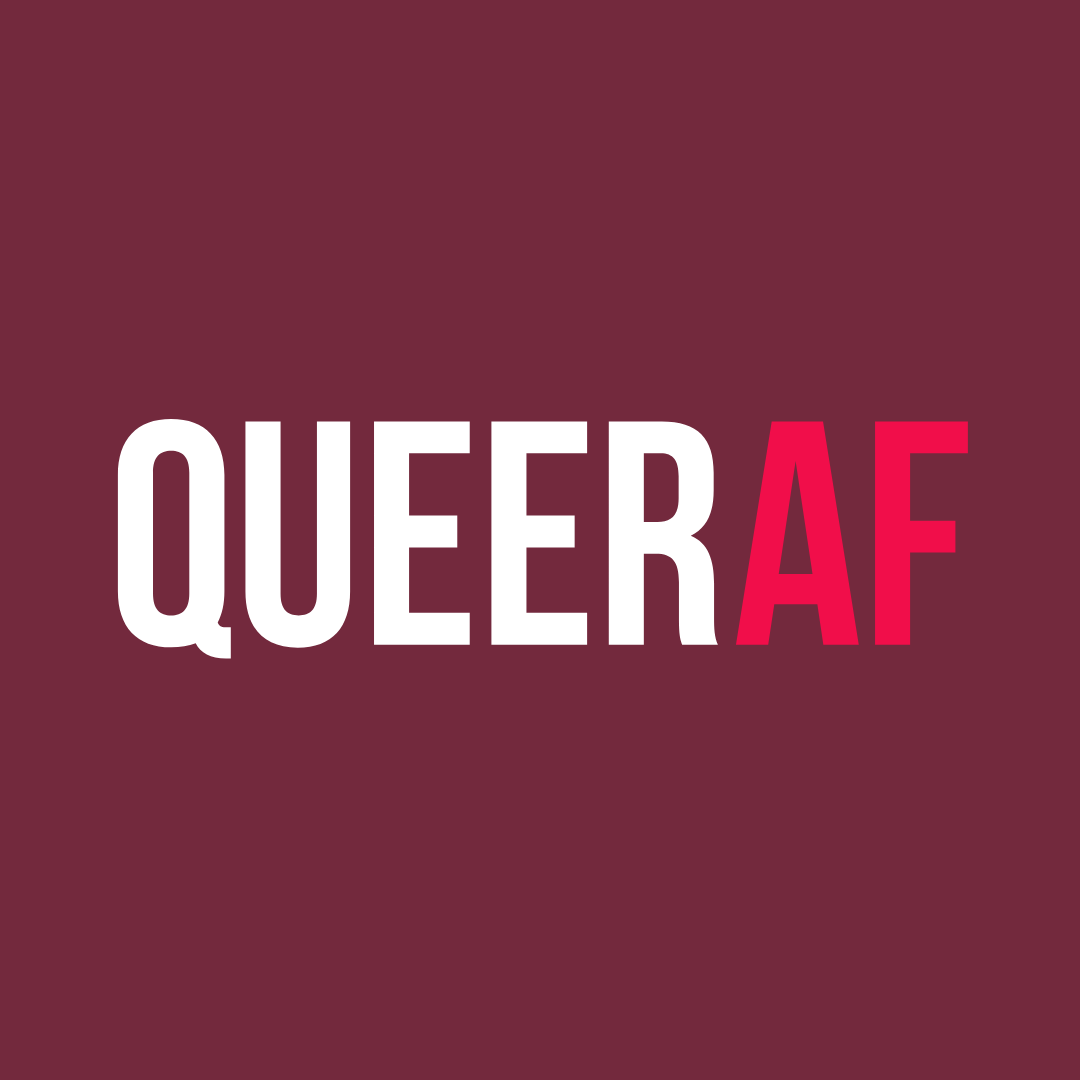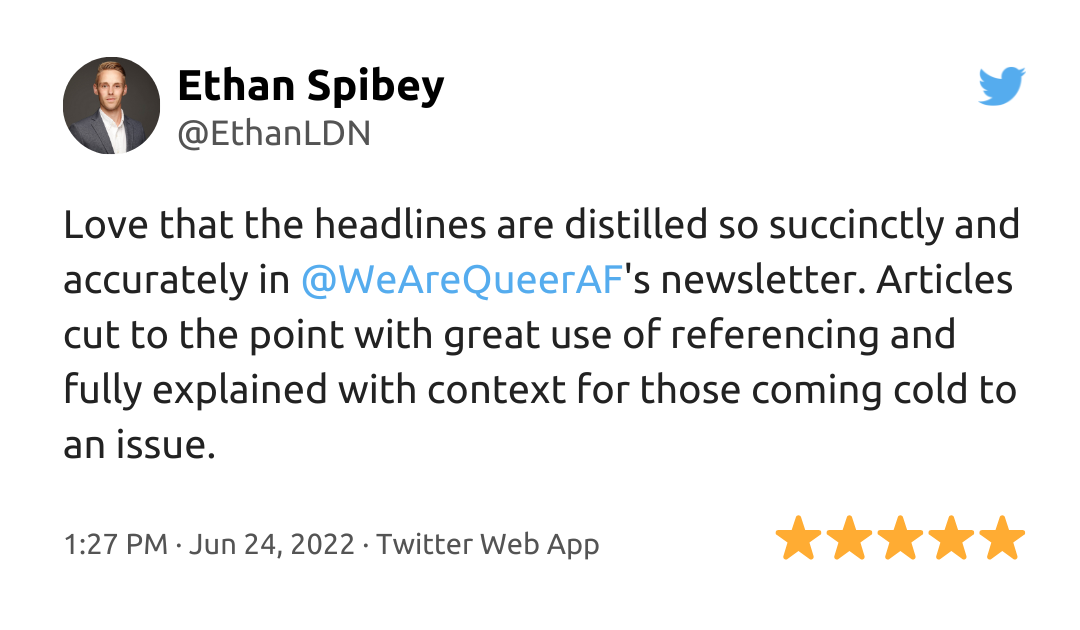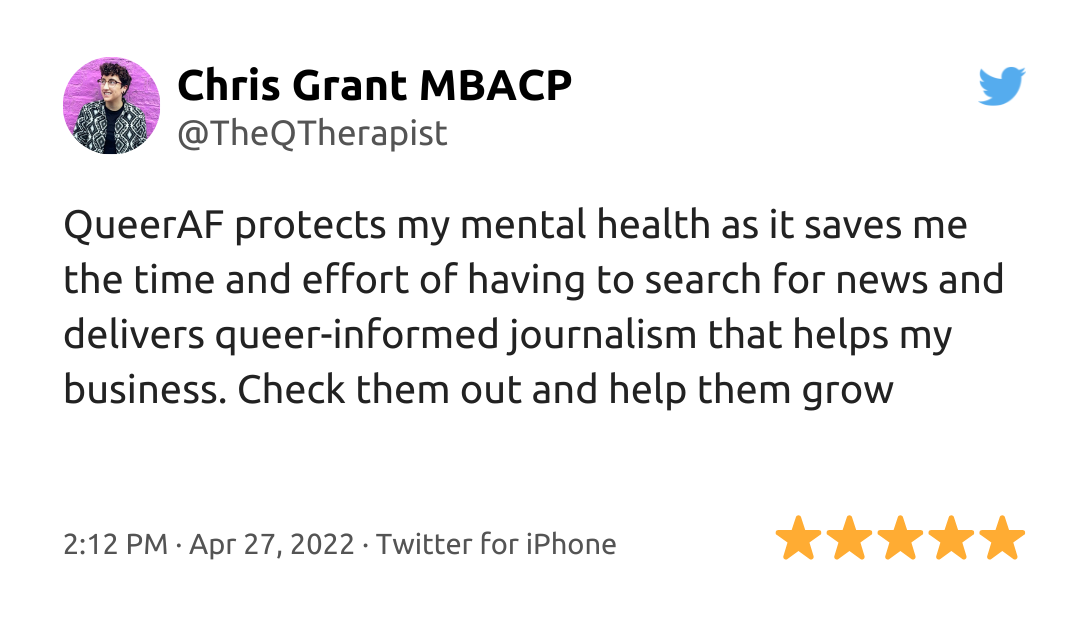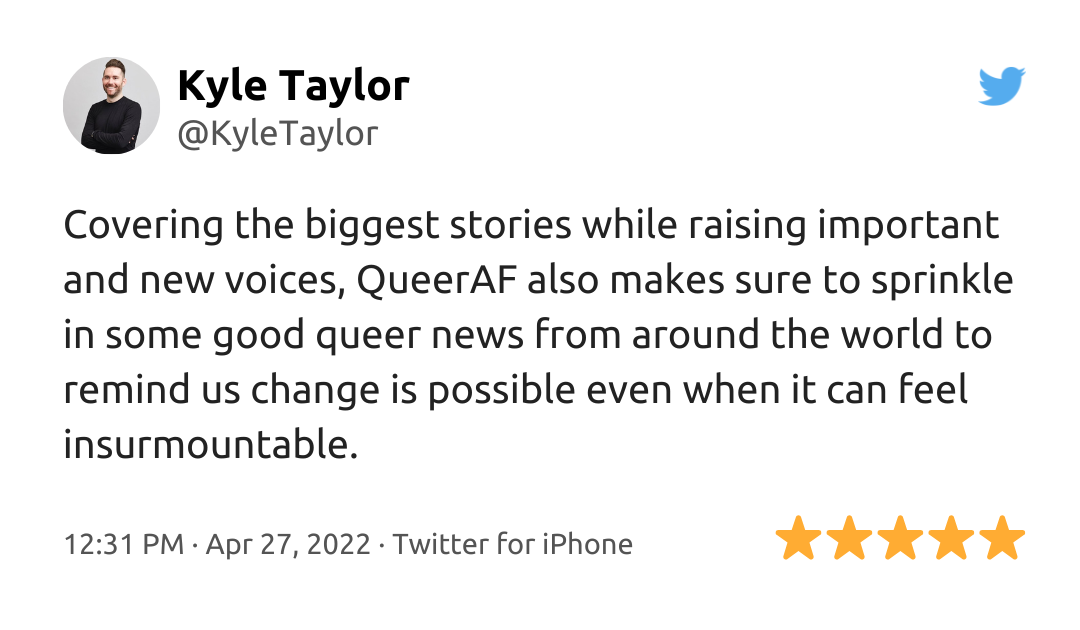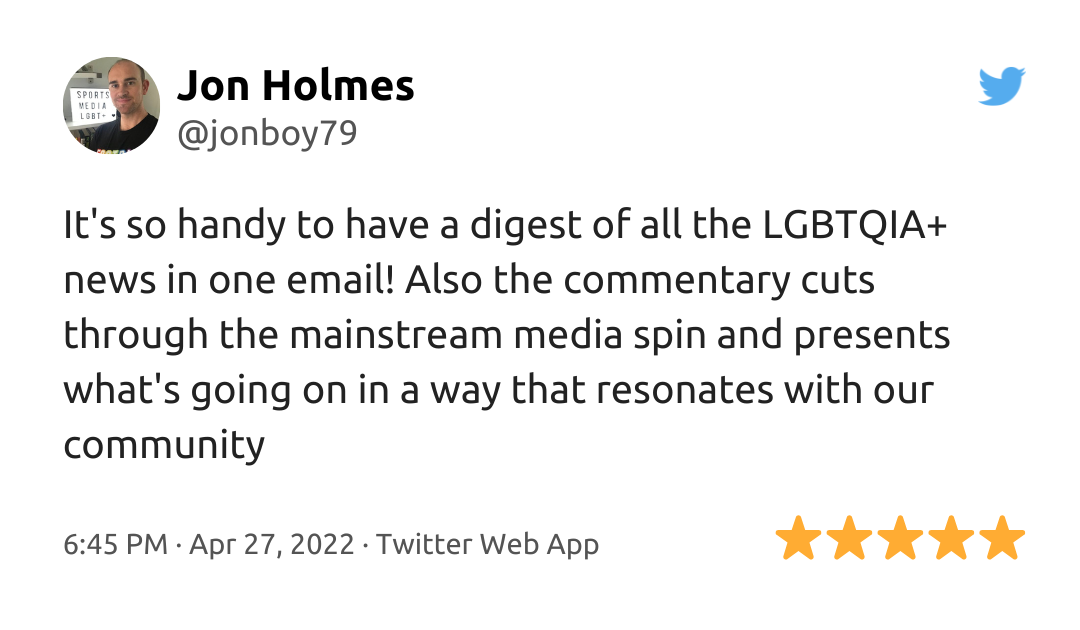
IDAHOBIT – the International Day Against Homophobia, Biphobia and Transphobia – is marked on May 17 every year, to commemorate the decision to remove ‘homosexuality’ from the International Classification of Diseases of the World Health Organization (WHO) in 1990.
The existence of the day has led to the wider recognition of and campaigning against LGBT+ discrimination worldwide. And yet, those efforts do not always extend beyond the +. The theme for this year’s IDAHOBIT is ‘No One Left Behind’ - but it seems asexuality has been.
Initially, IDAHOBIT was the ‘IDAHO Initiative’ – focused only on combatting homophobia. It wasn’t until several years later that transphobia was included in the name of the day (IDAHOT) and the work extended to that community, before later also including bisexual folks, making the day IDAHOBIT - though different organisations have long used different versions of this acronym.
For example, in some instances, intersexphobia has been recognised (under the second ‘I’), but never officially. Meanwhile, asexuality has not been afforded the same consideration.
In a world where acephobia is not an issue but is closely intertwined with other forms of queerphobia - this feels like a clear next step.
I have seen an increase of acephobia in the comments on my social media in recent years – particularly as the ace community has attracted the attention and bigotry of the ‘gender critical’ crowd.
Of course, negative stereotyping, discrimination and marginalisation have been part of the asexual experience for decades.
“I’ve tried to explain to someone that I am asexual, and they said ‘You know, there’s something wrong with you. You probably need to pray about it. And I remember feeling inferior about it.’” – Case study from the ‘Ace in the UK’ report (2023)
The National LGBT Survey (2018) found that asexual people – compared to those of other orientations – had lower life satisfaction and more prevalent mental health needs, were less likely to be out, and were more likely to receive negative reactions if they were out.
We have seen the asexual community attacked in the media, we have seen the online hate, and we have seen the force of heteronormativity bare down on the asexual community. But we have not seen the same recognition or understanding of our struggle.
Our exclusion is a symptom of that. Asexuality is not included in sex or relationship education in schools - and that’s unlikely to change anytime soon given plans from the government to further restrict what is taught in sex education.
Meanwhile, asexuality is not recognised as a sexual orientation under the UK Equality Act 2010 – in fact, very few countries have officially recognised asexuality.
That lack of recognition has led to us being excluded from the now-likely-to-be-dropped proposals to ban conversion therapy in the UK, even though we’re 10% more likely to be offered or to undergo conversion therapy.
All of this has interesting parallels with the history of IDAHOBIT and the fight for other parts of the LGBTQIA community. The WHO stopped describing being gay as a disease over thirty years ago, and did the same for being trans in the last decade. Asexuality, however, is still included in the International Classification of Diseases, as ‘Hypoactive Sexual Desire Disorder.’
If you describe your lack of sexual attraction to a healthcare professional, they are more likely to assume you’re ill than to recognise you as an asexual individual. While progress was made to demedicalise being gay – and IDAHOBIT was formed as a result – the same can’t be said for asexuality yet.
International organisations like ILGA – who have been closely involved in IDAHOBIT and play a key role in championing legislative protections for the wider community – have also so far excluded the A from their acronym, instead using LGBTI.
This is because the United Nations uses LGBTI as its acronym. When you widen the lens and consider that the World Health Organisation is the UN's health agency and that the WHO created the International Classification of Diseases, it becomes clear how interconnected the issue is.
Much as we’ve seen with other parts of the LGBTQIA+ community, acephobia is only going to increase as awareness about asexuality does. The rise in transphobia was what one reason transphobia was included in IDAHOBIT.
It is necessary that the asexual community receive the same protections as everyone else. That we are recognised and fought for. If we're going to be part of the negative conversations, we need to be included in the positive change as well.

Get the Queer Gaze in your inbox each week with our free weekly newsletter or pitch to write an edition for us now.

Fighting for our rights can feel, at times, unobtainable.
That's why we desperately need to improve the media landscape.
History shows that when we unite, and feel like we can take on the big issues - we do, and we win. The media doesn't want us to remember the lessons of our past.
That's why we're helping queer creatives improve the way they communicate about our rights.
We're obsessed with communication. Knowing what's happening isn't enough. Awareness isn't enough. We need action.
That's why we don't just write the news, but we make sure you understand it.
When you know why it's happening, your limbic brain (the bit that processes your emotional responses) gets very excited. It drives action. Purpose. Understanding.
That's what we're teaching our writers about - not just good journalism practices, but how to show people why queer rights actually rock.
Alongside this massive newsletter, it's a big commitment. We're up to the task, but we can't do it without you. If you think what we do is valuable, please consider a membership.
Join over 225 paid QueerAF members who help keep our newsletter free for everyone:



